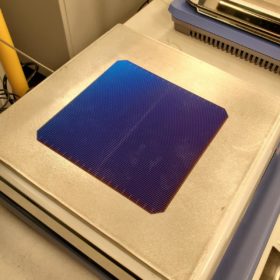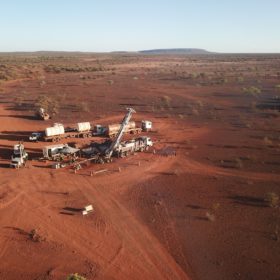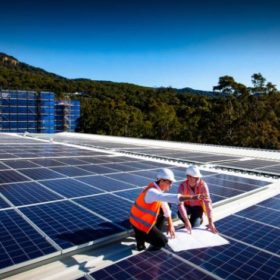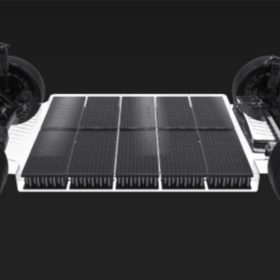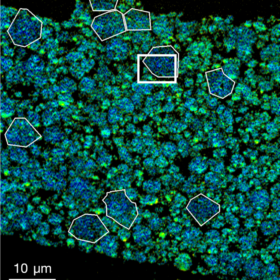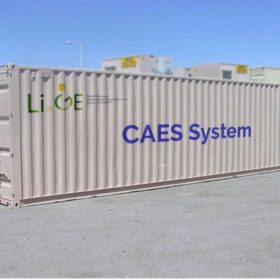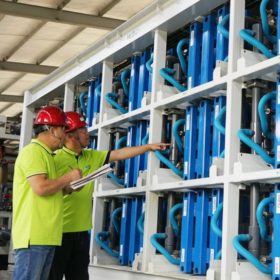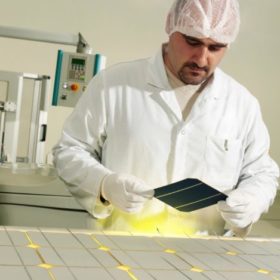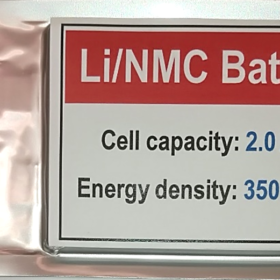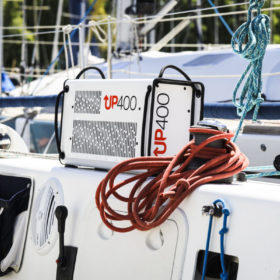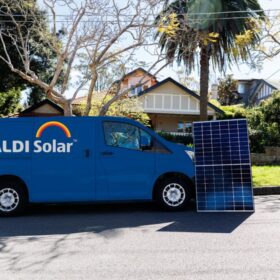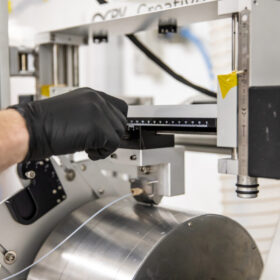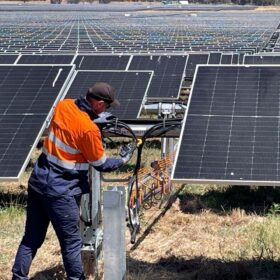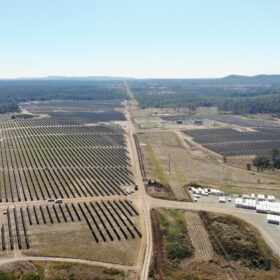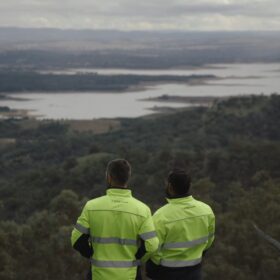The sunlight that powers solar panels also damages them. ‘Gallium doping’ is providing a solution
Solar power is already the cheapest form of electricity generation, and its cost will continue to fall as more improvements emerge in the technology and its global production. Now, new research is exploring what could be another major turning point in solar cell manufacturing.
Australian Vanadium to fast-track manufacture of flow batteries
Western Australian company Australian Vanadium Limited has been awarded $3.69 million in federal government funding to fast-track manufacturing of large-scale vanadium redox flow battery systems that can be used to support rooftop solar PV or in off-grid settings such as mining, agriculture and remote communities.
Wollongong Uni to host renewable energy focused training centre
The University of Wollongong has secured $5 million in federal government funding to establish a renewable energy focused training centre which will address the “complex and challenging issues” currently limiting the growth of renewables, including solar PV and wind energy in Australia.
Vaulta’s innovative EV battery casing wins Federal government grant
Brisbane-based battery casing company Vaulta has more to celebrate than just Brisbane’s winning 2032 Olympic and Paralympic bid. The company has won a Federal government Accelerating Commercialisation grant that will see its innovative design pushed ahead as the tide of electric vehicles rising globally.
Hold your breath for a better battery
Recent research has revealed a previously underestimated role for oxygen in limiting the performance of lithium-ion batteries. Newly published research from both Japan and the United States has sought to look deeper into the chemical reactions at the heart of lithium-ion storage; and to better characterise the cumulative effects that minuscule amounts of oxygen released during these reactions can have on battery performance and safety.
More than just hot air
Compressed air energy storage is not exactly a new technology, but recent months have seen this older storage technology with a new lease of life as intermittent renewable sources of energy come to the fore. Recent large-scale air storage plants have been announced in North America and the Middle East, and now some of that hot air has arrived on Australian shores.
China wants to test vanadium redox flow batteries
A 125 kW/500kWh storage unit will be tested by China’s National Photovoltaic and Energy Demonstration Experimental Center. The storage system will be provided by Canadian specialist VRB Energy.
Serial inventor aims to change PV value chain by addressing heat
Kent Kernahan has set out to take the heat out of solar cells. He and his partners may end up bringing solar manufacturing jobs to disadvantaged communities, while making low-cost rooftop solar more widely available.
New battery chemistry tweak could double EV range
Researchers at the Pacific Northwest National Laboratory have developed a revolutionary lithium-metal battery chemistry that could allow electric vehicle batteries to almost double their capacity, while also overcoming historic setbacks.
Portable hydrogen fuel cell generator with power output of 400 W
The generator can be combined with batteries, solar panels, or small wind turbines. It is based on a proton exchange membrane fuel cell technology and is claimed to have a minimum lifetime of 5,000 working hours.
